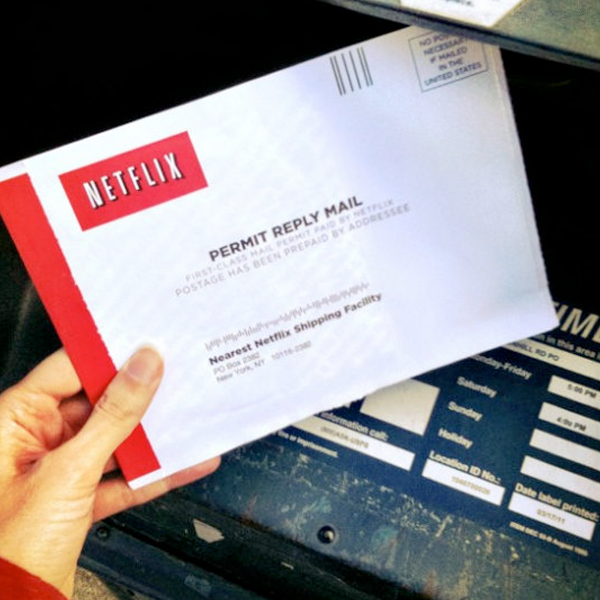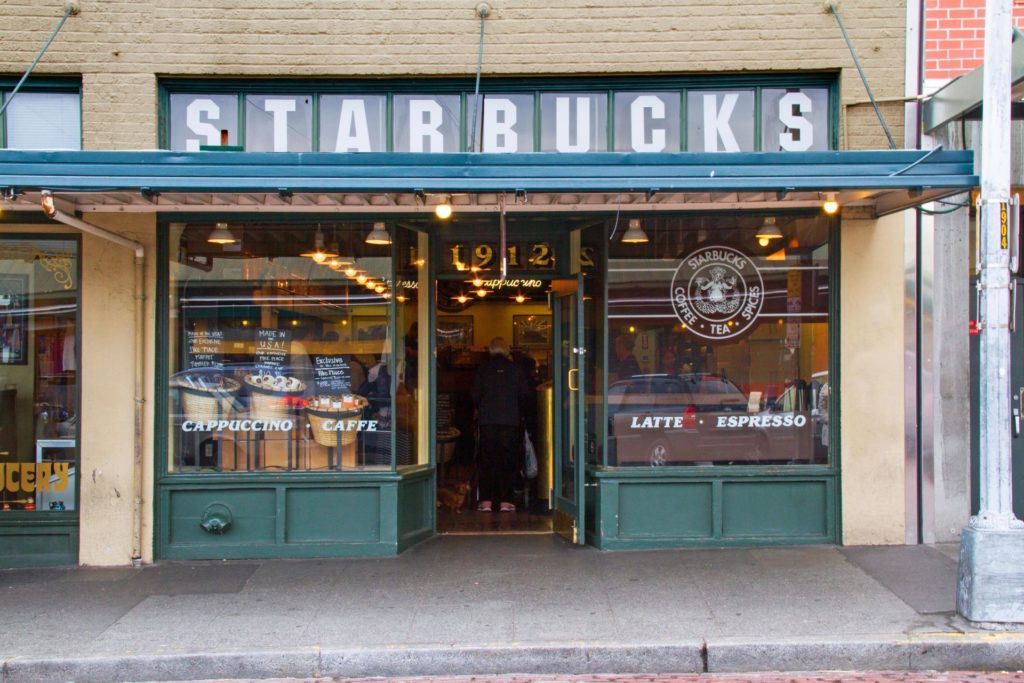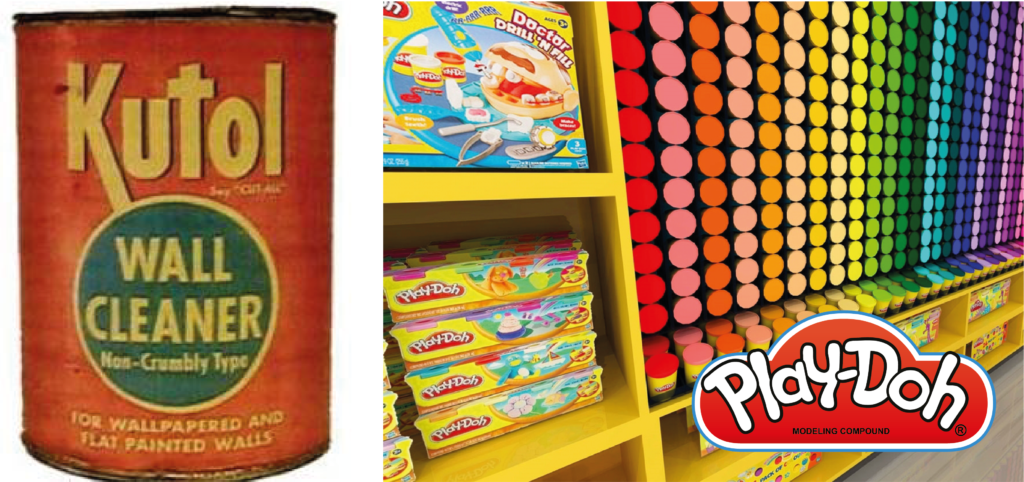Top 10 company pivots you might not know about
When a company pivots it makes a business shift in a new direction. It is a key strategic move, and as the name suggests, represents a dramatic change in focus of at least one aspect of the company.

If a company successfully pivots it might mean its first focus will be forgotten forever. This business strategy has helped even the largest corporations survive industry changing events. Company pivots can have dramatic and highly profitable effects for SMEs too. These kinds of changes could be just what your future customers are looking for.
A pivot is a change in strategy, without a change in vision
Eric Rees
Pivots can be a shift in:
- Target customer
- Market segment
- Distribution channel
- Pricing or business strategy
- Overall industry
Let’s examine some notable examples of successful game-changing pivots undertaking focus shifts in a number of these areas.
10 PayPal
Let’s start with a newer brand, PayPal wasn’t always looking after our global transactions online. It began life as a utility to beam IOUs from Palm Pilot to Palm Pilot. It didn’t work out and was a very niche market anyway. The fledgling startup pivoted, shifting target customers and distribution channel. The result was a mechanism that supported the transfer of money via email. It piggybacked the exponential growth of email and the popularity of a then small company called eBay.
Pivoting PayPal after reviewing the target customer, technology and distribution channel meant it is now an organisation with a market cap of $135B and is commonplace on the devices of customers across the globe.
9 What3Words
This is not a classic example of pivoting. Instead, it reflects how changing a business strategy and focusing on a different target customer can make a significant difference in profits. Their concept is to reduce the possible location of someone or something to 3 square meters. Each 3 square meter grid is represented by a combination of 3 words that are unique to each grid. This results in an easily searchable, accurate geographic location, sized so when in that space any precise target can be easily found.
The company’s leaders originally used three different business models in 3 different countries. In Mongolia What3Words is ideal. Largely a nomadic culture, there are no classic postal address codes and navigating is a significant challenge. Yet, in Germany, this is not so problematic, but by integrating this system into Mercedes Benz cars they have improved accuracy and quality of navigation. In the UK, the system only gained traction when the focus shifted to emergency assistance location. After a hugely successful marketing campaign involving national television, What3Words was embraced as a life-saving application.
Focusing a business strategy in accordance with the needs of each market gives the company a new breadth and perspective, and ultimately a Unique Selling Point.
8 IBM
The ‘Big Blue’ had global recognition as a computing giant, but the emergence of “IBM Compatible” computers in the 80s and 90s had a significant impact. These machines performed just as well and were a fraction of the price and severely impacted IBM’s core business model.
What followed was, at the time, one of the boldest pivots ever seen within a single industry. IBM essentially gave up on its core business and shifted focus providing IT consulting services for large organisations.
As a result of its pivot IBM is worth more than $130B and has developed “Watson”, a game changing AI, ready to take IBM forward into yet another new era.
Read all about Big Blue’s turnaround in:
7 Twitter
Arguably one of the world’s largest social media platforms, Twitter, started out as Odeo, a podcasting platform. Technology was its downfall as Apple was dominant across media devices at the time and iTunes virtually consumed the entire market. Odeo was obsolete before it had even really started.
However, the new generation business approach that Odeo was embracing had brought great minds together and a new concept was formed around people using a similar platform to share what you were doing – or your ‘status’. The rest, as they say, is history.
Today, Twitter is worth $14B, and although this change of channel pivot was successful Twitter is in a state of flux after the 2021 departure of original CEO, Jack Dorsey and a new pivot would not go amiss.
6 Netflix
This one is a bit different, when is a pivot a pivot rather than discovering a new road on the route? Netflix started out as a mail-order DVD service. Yes, originally you received a DVD in the mail and had to return it in the post after watching it. Kind of Blockbuster for the delivery generation. However, unlike Blockbuster it kept both eyes on technology development and soon began working on ways to download and stream its content.

More recently Netflix realised studios could cut out the middleman and stream directly to viewers, so it pivots again, and started making its own content, films, TV shows and documentaries. If it had not evolved, it most certainly would have been slipping into history just as much as DVDs themselves.
Netflix’s ‘pivot’ was really staying in tune with its target customers, technology, culture and now industry. Adapting its distribution channel and taking full advantage of the data it held on to its customers and has driven Netflix’s value to over $170B.
5 Nintendo
Let’s leave the 2000s for the next example and show company pivots are not a recent thing. The year is 1889 and Nintendo is founded as a playing card company by craftsman Fusajiro Yamauchi and originally produced handmade hanafuda playing cards.
In the 1960s demand dropped off for these and Nintendo looked at changing industry, considering a taxi company, instant rice and even hourly hotels. In the 1970s it settled on the growing interest in video games and initially secured the distribution right for a video game console, then released its first own brand console in 1977, swiftly followed by a squat, mustachioed plumber and his taller brother shortly after.
Today Nintendo is worth over $95B, has weathered the storm of competitors and is still strong today – bit of a technology change from its first days but it looks like they have always known their customers well!
If you want to know Nintendo’s secrets of pivoting well
and knowing your customers, they are available here:
4 Wrigley
Wrigley is a rare company that has not one, but two, successful pivots under its belt.
We are again going back a bit; the story goes that a Mr William Wrigley Jr moved to Chicago in the 1890s to work as a soap salesman. Back then, before competitive marketing it was difficult to differentiate one soap from another, so to encourage more purchases, Mr Wrigley started offering free baking powder with every purchase of soap.
The baking powder proved such a hit he started focusing on that instead of soap. He had become known for giving something away with his products so started to give away chewing gum with every purchase. Guess what…
Now, after two pivots covering industry, customer, distribution and pricing changes, the iconic Wrigley chewing gum brand is available in 180 countries and although started off as a free incentive, was sold in 2008 for over $23B.
3 Starbucks
One of the fastest growing food and drink franchises of all time did not start out as a coffee shop.
Originally, Starbucks started in 1971, selling espresso machines and coffee beans direct to consumers so they could get their caffeine hit in the comfort of their own home. The idea of selling an extra-large double venti half-soy non-fat decaf organic mocha brownie whipped Frappuccino with extra vanilla foam and pumpkin spiced curls did not come about until 1982 (well actually in 1982 it was just a plain black coffee!).

Fast forward to 1984 and after a trip to Italy, Harold Schults (current Chairman and CEO) had been inspired to include a Cafe Latte (still on the menu today) and the steam roller that is the world largest coffee franchise started rolling.
Starbucks reviewed its distribution channel and business strategy for its pivot and now is a steadfast feature around the world with a $29.1B, turnover in 2021, not bad for takeaway coffee!
2 YouTube
The world’s most recognised media sharing platform started out wanting to make a quite different connection between its uploaders and viewers. YouTube launched on Valentine’s Day 2005 as a video dating site, with the unofficial slogan “Tune In, Hook Up”. The concept never took off. The co-founders realised it was being used differently after the co-founder Jawed Karim posted a video saying, “elephants have “really, really, really, long trunks”. This inspired uploaders to post other funny videos which caught the eye of Google in 2006 who bought YouTube for $1.65B. It is now the most important video sharing site on the internet with an estimated worth of $160 B. With thousands of ‘influencers’ utilising the platform and its revenue generating capabilities as their main source of income.
YouTube’s target customer, market and industry pivot was an enormous success. Sometimes letting a customer decide how to use resources and capabilities of a product is the best way to test its usability in the market.
Before we hit the number one spot let’s mention Avon, American Express, Marriott Hotels, Slack, Nokia, Western Union, Hasbro. They too have great pivot stories, driven by a forced change of strategy without a change of focus. But back to our number one…
1 Play Doh

Play Doh first started life as a wall cleaner in the 1930s. Wall mounted coal heaters left a black residue and parent company Kutol designed a putty to remove this residue. Over the following decades oil and gas heaters became more popular and demand for Kutol’s product waned. With a production, distribution and sales all in place they were desperate for a solution. A perfect industry, and target customer pivot, was found in an unusual place. Kay Zufall, a relation and local teacher, had been using the putty in arts and crafts classes. The children had been making ornaments with it, letting them dry and painting them.
After this resourceful pivot and trialling distribution with kindergartens, more than 2 million cans of Play Doh have been distributed worldwide. Play-Doh is now owned by Hasbro and boasts a market cap of $14B.
These are just 10 examples of thousands of companies making business pivots. Each holds valuable lessons for leaders and entrepreneurs today. When your initial hypothesis, your product or service isn’t fitting with your target market, or you think something could fit better, pivoting could be the best thing you can do. If you have been collecting data, reviewing your strategies, understanding your and other markets in your sector (and others), you have the supporting information to lessen any risk in a pivot. If you are still not sure if a pivot is a plausible strategy, take a look at this blog.
If you liked this article why not subscribe to our newsletter and discover more gems, every month, direct in your mailbox.

